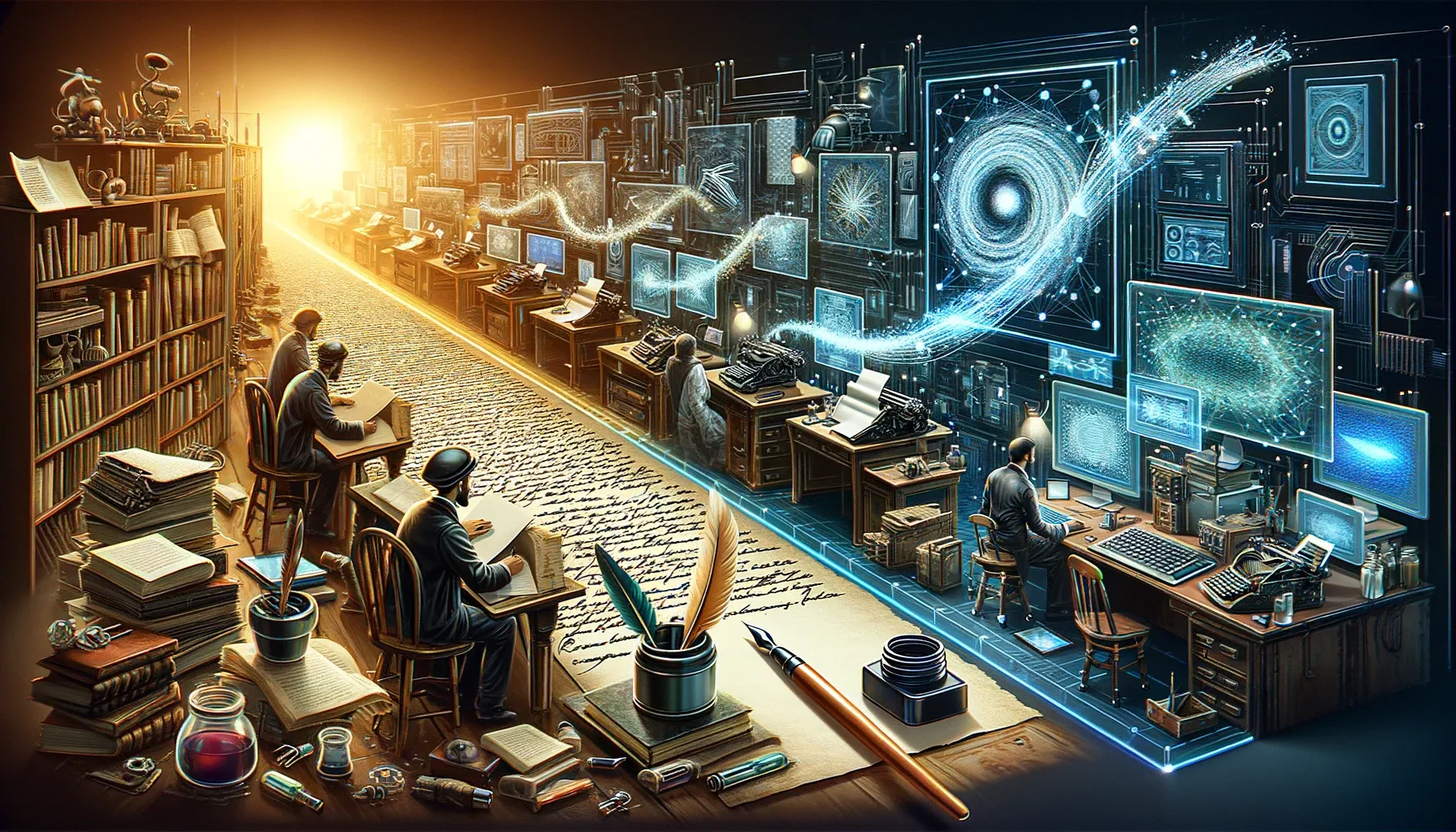AI Has Learned to Mimic Handwriting
AI tools have already made strides in creating accurate voice copies and eerily realistic video deepfakes. Now, algorithms have tackled handwritten text. Researchers from the Mohammed bin Zayed University of Artificial Intelligence (MBZUAI) in Abu Dhabi have developed a technology that can mimic a person's handwriting. A few
AI tools have already made strides in creating accurate voice copies and eerily realistic video deepfakes. Now, algorithms have tackled handwritten text. Researchers from the Mohammed bin Zayed University of Artificial Intelligence (MBZUAI) in Abu Dhabi have developed a technology that can mimic a person's handwriting. A few paragraphs are sufficient to train the neural network.
The team first shared their research findings in 2021. During the presentation, they noted that previously, a Generative Adversarial Network (GAN) was used for imitation. Handwriting created with GAN reflects the general style of the writer—for example, the slant or width of the strokes in the letters. However, this method struggled to recreate ligatures—the connections between characters.
Instead of GAN, the researchers decided to apply Vision Transformers. This type of neural network is typically used for tasks in computer vision. The idea is that transformer models can process so-called long-range dependencies (at large distances between elements in a sequence). They recognize how physically distant parts of an image are interconnected.
In their new study, the scientists compared their Handwriting Transformers (HWT) approach to creating handwritten text with two other AI technologies, GANwriting and Davis et al. All models were tasked with replicating the handwriting of six authors.
It turned out that GANwriting has a limitation on the length of words it can copy. Plus, it does not quite understand the context (the model generated the word "precise" instead of "precisely"). Davis et al managed to replicate the general style of the writers but failed with the details. HWT results were the closest to the original.
The researchers showed text generated by the three models to 100 people and asked which they preferred. Study participants chose the HWT results in 81% of cases. In other tests, people could not distinguish the imitated handwriting from the real thing.
The MBZUAI team has already received a patent for the AI system from the United States Patent and Trademark Office. The researchers have not yet released a finished product but plan to apply their developments within a few months and are currently looking for commercial partners.
The model could potentially be of interest in absolutely different fields, from deciphering doctors' handwriting to creating personalized advertising. Moreover, automatic generation of handwritten text will be useful for people with disabilities or injuries. The technology can also be used to enhance other AI models.
However, it is clear that the model opens new possibilities for fraud and document forgery. Therefore, new tools will need to be developed to combat fraud.
In any case, the researchers still have a lot of work ahead. The transformer model can learn and write in English and, with varying success, in French. However, according to the team, they are still struggling with Arabic. The connections between letters in this language are too complex.





